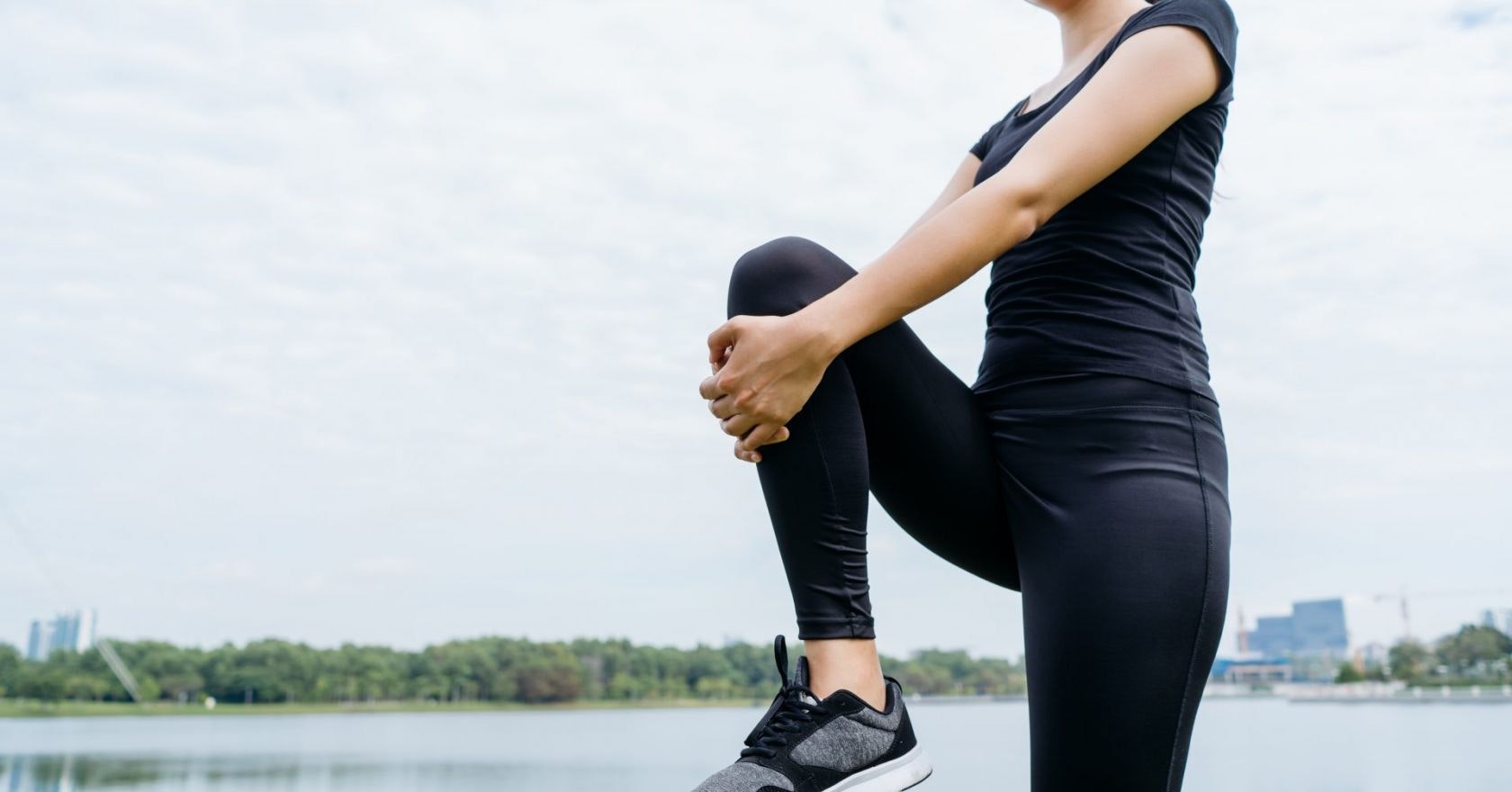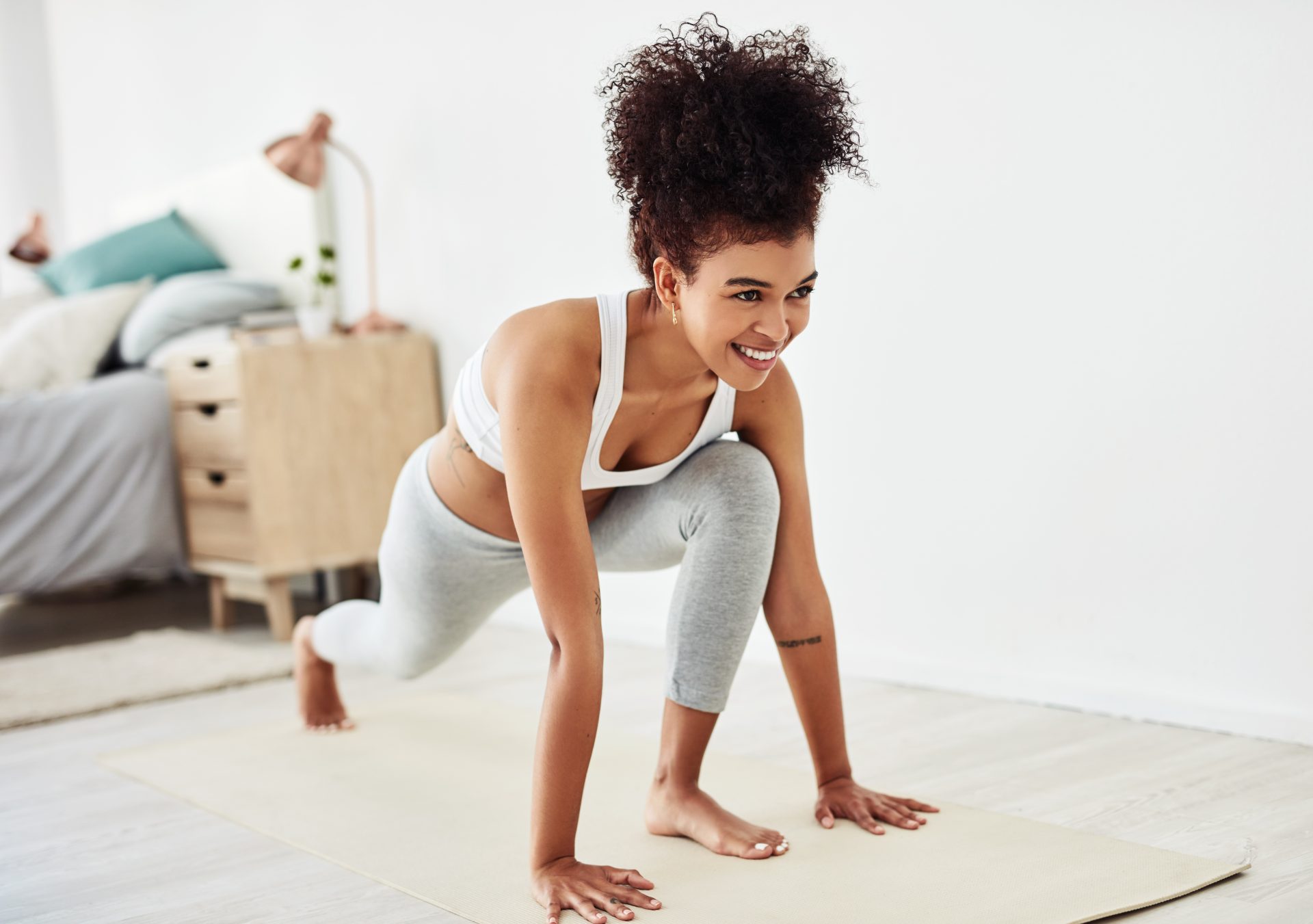
You mobilise your hips and spine, so why not your knees? Try these knee mobility exercises to avoid injury.
Do you ever think about your knee mobility? Given how much attention we pay towards looking after other joints, such as our hips and spine, it’s counterintuitive to neglect one of the most important joints in our body.
Stats from NICE found that knees are the second-most common musculoskeletal complaint, beaten only by back pain. And, according to a paper from the British Medical Journal, 41% of all sports injuries occur in the knees.
You may also like
Knee pain after running? Here’s why you get aching knees and how to stop it
So building strong, mobile knees is clearly important. Yet knees also scare us; in the fitness world, there’s been a lot of scaremongering over the idea of letting your knees bend beyond your toes. This idea has since been debunked, yet many people still avoid certain exercises or sports for fear of knee injury.
Why does knee mobility matter?
Mobility refers to active range through the joints. “If you have good knee mobility, it means that there is the ability for the knee to move freely without pain. This means that the joint needs to be flexible and strong enough to accommodate that,” says Cody Mooney, director of performance for the mobility and recovery app, pliability.
“Knee problems caused by injuries or chronic conditions can impact your ability to move and perform daily living activities,” adds Mooney.

Range of motion is a key pillar of mobility. “Joint range of motion refers to both the distance a joint can move and the direction in which it can move. A fully bent knee will max out at about a full range of motion of 135° degrees of flexion.
“As a general rule, your knee should be able to move from fully straightened (0°) to 125° flexed in order to carry about normal activities with ease,” says Mooney. In short, your knees should be able to move always completely between bent and straightened without pain for full mobility.
But strength and flexibility are use-it-or-lose-it principles. “Forces up to seven times body weight can go through the knee as it bends, so it comes as no surprise that knee pain is such a widespread problem. We must ensure that we keep our joints active and well looked after while not overworking them in order to maintain their ability to withstand force and flexion,” adds Mooney.
How to improve knee mobility
The first key to being mobile is general movement. “Opting for low-intensity exercises and activity is a great way to stay mobile and increase strength around the joints and muscles – think yoga and active or passive stretching,” says Mooney.
For knee-specific mobility, you need to think about moving your knee through extension, flexion and rotation. These exercises will help:
Knee extension to rotation
- Sit on a chair with your knees bent over the edge.
- With one foot placed on the floor, lift the other leg up straight so it is extended as far as possible.
- From the extension position, gently move between internal rotatation (rotating it towards your opposite knee) and external rotatation (away from the opposite knee). Make sure the knee is the only joint moving – not your hip or ankle – it will just be a small movement.
- Lower down then repeat on the other side.
You may also like
Running and knee pain: how to protect and strengthen your knees for running
Dragon stretch
- Begin in an all-fours position with your hands underneath your shoulders and your knees underneath your hips.
- Bring one foot up towards the hand and place it on the ground.
- Slide the back leg backwards with the calf still flat on the floor to deepen the stretch through the front of the hip.
- Rock the front knee forwards over the toes and back.
- Come back into an all-fours position and repeat on the other side.
Malasana
- Stand tall with your feet slightly wider than shoulder-width apart with your feet turned out a little bit.
- Lower your hips down into a squat, getting your glutes as close to the floor as possible.
- Place your arms inside your feet touching the floor and rock the weight from one foot to the other.
- Push through the feet to come back up to standing.
“Stretching the surrounding muscles can also ease strain on the knees,” says Mooney. He recommendes stretching the quadriceps with standing quad stretches, performing downward dog and forward folds for the hamstrings and calves, pigeon for the glutes, adductors and abductors and foam rolling the IT band.
“If you feel pain in the knee when bending or doing other physical activity, it’s important to consult with an expert in order to seek recovery advice,” adds Mooney.
Images: Getty
Source: Read Full Article